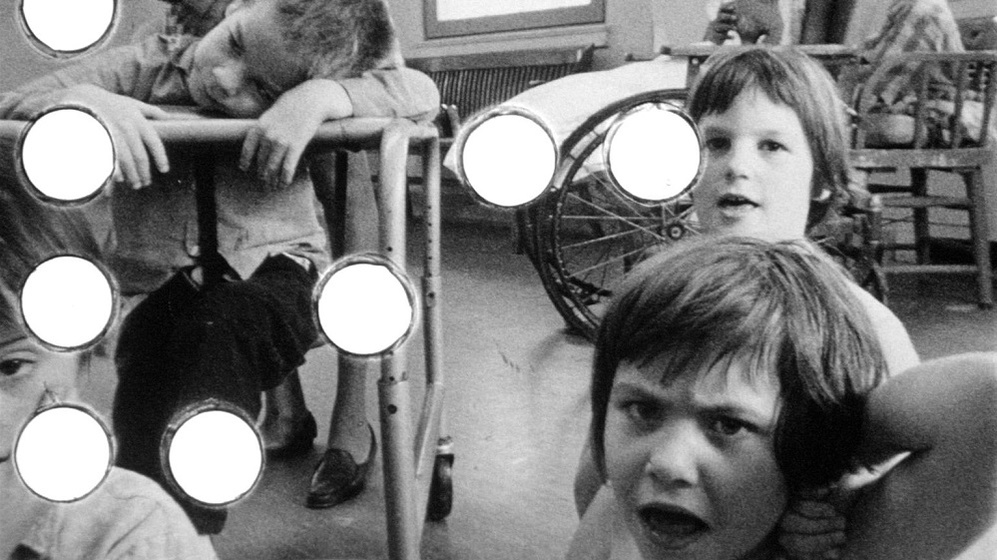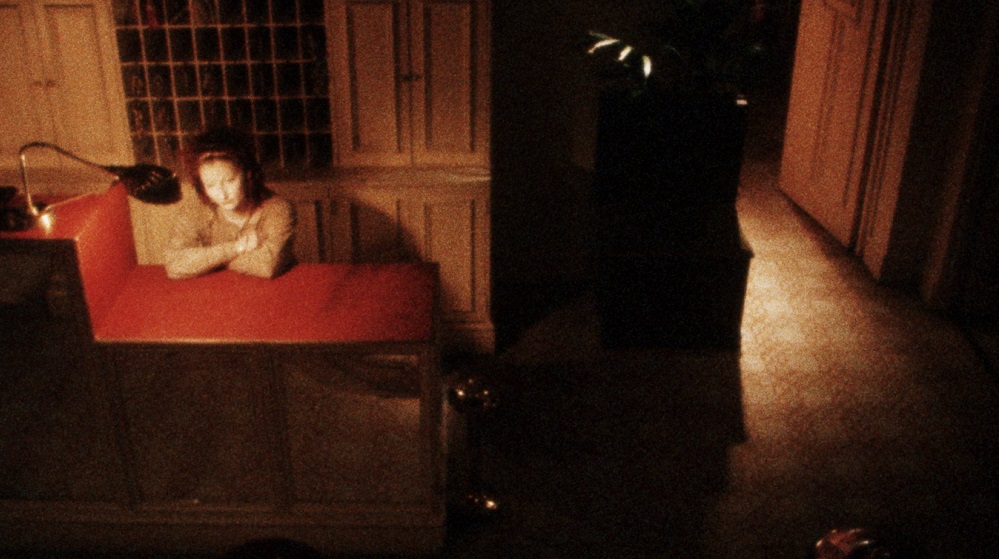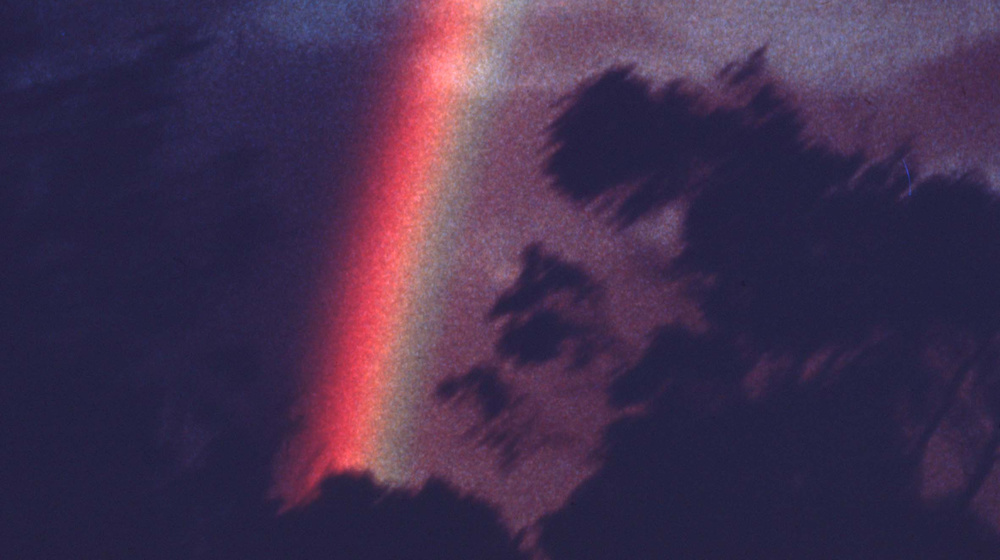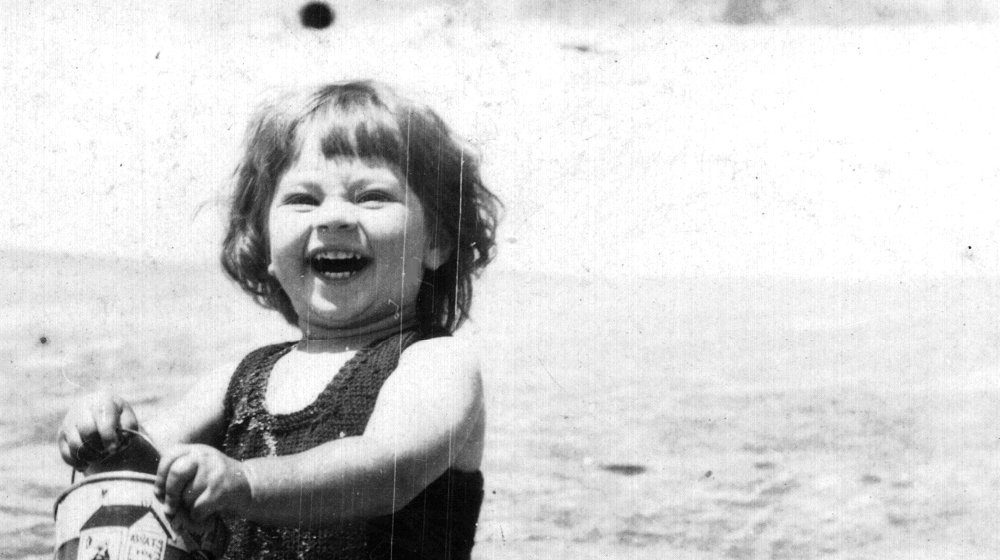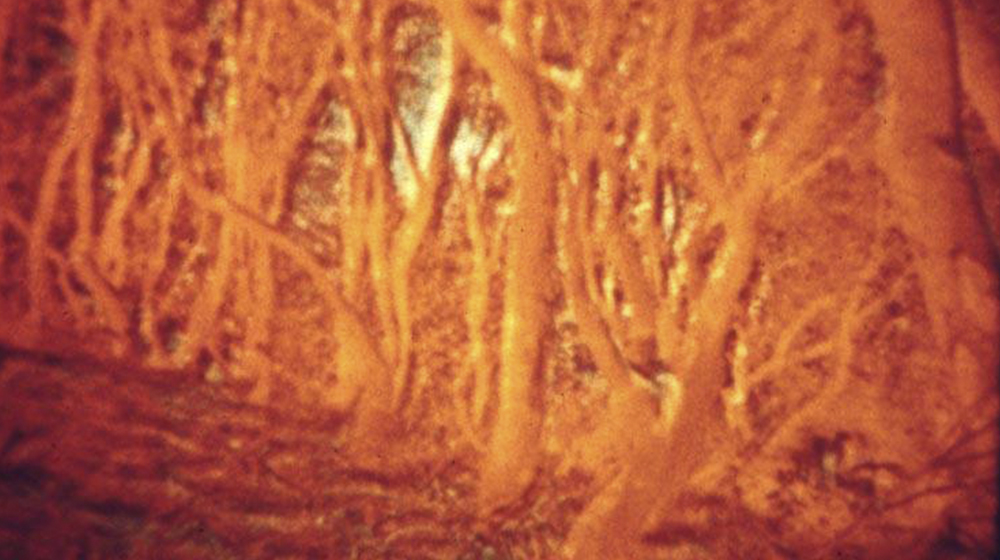In Jigsaw (1980) Robina Rose examines the activities of a group of autistic children in a London school. Using close-ups, long sequences, colour and sound, she challenges the audience to explore sensorial and emotional perception from inside an autistic person, where sounds play a more important role than language.
Scrapbook (2015) by Mike Hoolboom is made from a film dated 1966 found in a development centre for autistic children and adolescents. The film formed part of a collective portrait project by means of which the residents learned to see themselves. Fifty years later, Hoolboom reviewed the material, at the same time presenting the story of a former resident, Donna Washington, an autistic woman who looks at these images and talks about what it meant for her to have a camera inhabiting the space of that institution.
Myself when Fourteen (1989), by Arthur and Corinne Cantrill, was made in collaboration with their autistic son by recycling a couple of black-and-white shots of Ivor running ahead of the camera, rotoscoped by him with constantly changing colours. Cartoons are brought together with the original negative and positive images with the help of an optical printer, creating black, white and colour patterns to generate a hypnotic effect. In the soundtrack Ivor describes the rotoscoping process and recalls the moment he made these images, expressing surprise at the distance between the two versions of himself, artist and subject.
Jigsaw, Robina Rose, 1980, 16mm, 67 min; Scrapbook, Mike Hoolboom, 2015, 16mm and digital video, 19 min; Myself when Fourteen, Arthur and Corine Cantrill, 1989, 16mm, 19 min.
Digital screening.
Copies provided by BFI, Light Cone and Arsenal, respectively.
